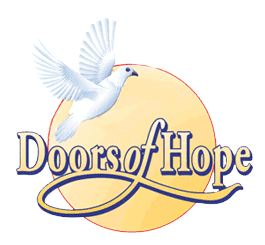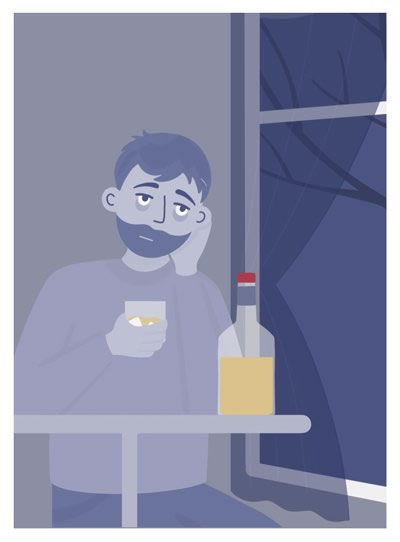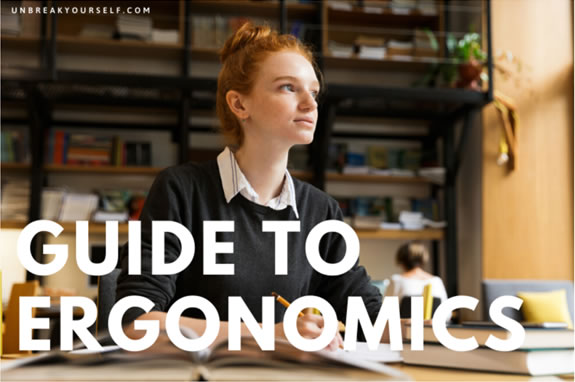|
Because He Cares |
| ADDICTION STORIES - ADDICTION RECOVERY SEE THESE PERSONAL STORIES FOR THOSE WHO HAVE LOST LOVED ONES |
Interactive Map of Drug Overdose Deaths |
Substance Abuse Prevention for Students Entering the Workforce Additionally, younger college students may not yet have developed healthy coping mechanisms or be knowledgeable about the resources available to them. It is very important that college students improve their behaviors and broaden their understanding of resources before they join the workforce, for the sake of their wellbeing, as well as for the sake of business operations, and the health of communities as a whole. This guide will detail the landscape of drug abuse from college and beyond. It will provide insights for students, friends, family, educators, and prospective employers to promote productive support for individuals who may be struggling with substance abuse as they prepare for and enter the workforce. Nicotine: As of Fall 2020, 22.1% of college student respondents said they had used nicotine or tobacco products daily or almost daily. |
How Alcohol Impacts Sleep – What You Should Know In 2013, researchers reviewed 20 studies centered on alcohol and sleep for an overarching look at the detrimental impacts of alcohol on nighttime rest. “This review confirms that the immediate and short-term impact of alcohol is to reduce the time it takes to fall asleep,” Irshaad Ebrahim, director of the London Sleep Center and lead author of the review, said in a statement. “In addition, the higher the dose, the greater the impact on increasing deep sleep.” The review also found that alcohol reduces the time spent in REM sleep. “In sum,” said Chris Idzikowski, director of the Edinburgh Sleep Centre, “alcohol, on the whole, is not useful for improving a whole night’s sleep. Sleep may be deeper to start with, but then becomes disrupted. Additionally, that deeper sleep will probably promote snoring and poorer breathing. So, one shouldn’t expect better sleep with alcohol.” This piece will cover all the different ways alcohol affects sleep, including making us fall asleep quicker, decreasing the amount of time spent in REM sleep, contributing to vivid dreams and nightmares, increasing the number of times we wake up during the night, and upping our risk of obstructive sleep apnea. It will also touch on how hangovers can affect sleep and the links between alcohol use disorder and sleep. Finally, our alcohol and sleep guide will offer resources for anyone who wants to learn more about how alcohol affects sleep, as well as resources for anyone concerned about their drinking or seeking assistance for alcohol use disorder. PLEASE VIEW ALL DETAILS ON THE WEBSITE |
Recognizing Substance Abuse and Addiction in Older Adults—And How to Help Despite the low amount of research, it’s widely believed that substance abuse and addiction in the elderly is a hidden epidemic in the U.S. and worldwide. While no one wants to imagine their parents or grandparents may have problems with substance abuse or addiction—especially if they have no history—it’s essential to keep an eye out for these challenges. This guide will explain the importance of the issue, how to recognize the signs of use and abuse of different substances, and how to help. Important Definitions Regarding Substance Abuse, Addiction, and the Elderly “Elderly” is often used interchangeably with “seniors,” senior citizens,” and “older adults.” You’ll see all of these used in this piece. Defining Substance Abuse and Addiction The shortest description is: Substance abuse is a coping mechanism developed in response to triggers, while addiction is a disease involving chemical dependency. Those living with substance abuse generally have more control over the situation, often drinking or using drugs to deal with stress. They sometimes experience minimal disruption to their lives, but this should still be taken seriously because substance use or abuse of any level—especially for the elderly—can exacerbate health problems. Those who are addicted to substances tend to have their lives overtaken by their conditions. They usually have a chemical need for alcohol or drugs and very little ability to stop themselves from partaking. It affects their daily lives, and relationships are often damaged. |
 Addiction to Internet and Phone PLEASE VIEW MANY MORE DETAILS ON THE WEBSITE |
Delphi Behavioral Health Group Even with everything we’ve taught them, they might succumb to peer pressure in an attempt to fit in with their friends who are experimenting with drugs and alcohol. Experimentation is common in children and young adults, whether with drugs or alcohol or other things, but what happens when it moves past that point? Are there early warning signs for addiction in children? Substance use in children and teens has a substantial impact on their health and well-being and may cause problems later in their lives, such as addiction. The American Academy of Pediatrics (AAP), along with the U.S. Centers for Disease Control and Prevention (CDC), recommends screening for substance use in children as young as nine years of age. Starting early can help curb potential addiction later in their lives. Substance Use Statistics Among Children And Teens The U.S. Centers for Disease Control and Prevention (CDC) released figures showing that about two-thirds of students have tried alcohol by 12th grade. Nearly half of high school students between 9th and 12th grade reported using marijuana. An estimated 40 percent of high school students between 9th and 12th grade admitted trying cigarettes, and 20 percent of 12th graders reported using a prescription medication without a prescription. Despite its legality for anyone under 12, the CDC found that children and young adults ages 12 to 20 consumed ten percent of all alcohol in the United States. Underage drinking can have harmful outcomes and is considered a significant health problem in the country. Excessive drinking is responsible for more than 3,500 deaths and 210,000 years of potential life lost for those under 21. It also cost the United States $24 billion in 2010 and caused 119,000 emergency room visits in 2013. A 2019 Youth Risk Behavior Survey interviewed high school students in the past 30 days and found that: |
 Drug use is prominent across different age ranges of young adults. When drug use starts to interfere with daily activities, then the condition becomes a substance use disorder. Examples of substances linked to substance use include cocaine, heroin, marijuana, methamphetamines, inhalants, and anabolic steroids. According to the Centers for Disease Control and Prevention (CDC), over seventy thousand individuals in the United States lost their lives due to overdose in 2017. Adolescents may have some of the most prevalent rates of substance use according to the Substance Abuse and Mental Health Services Administration (SAMHSA). According to a study on the trends of drug use in adolescents, 81.4% of the older adolescents reported having the chance to use drugs. The research also shows that the median age at the start of drug abuse was 14 years with dependence and 15 years without dependence. |
 Over 70% of patients who receive treatment for substance abuse have endured traumatic experiences. Moreover, 59% of adolescents who experience traumatic events develop addictions later in adulthood. The link between trauma and addiction is real and complex. Traumatic experiences can lead people to abuse substances. Drugs themselves can exacerbate the negative effects of trauma. The nature of this link is hard to untangle. When we examine the facets and effects of traumatic experiences, we can see how they set the stage for substance abuse and other types of addiction. It also becomes clear that any effective treatment of drug addiction must be trauma-informed. Sometimes in day-to-day speech, people use the term “trauma” to refer to any stressful experience. Or, people may use the term interchangeably with Post-Traumatic Stress Disorder (PTSD). To understand how trauma impacts drug use and alcoholism, let’s first unpack exactly what trauma is. |
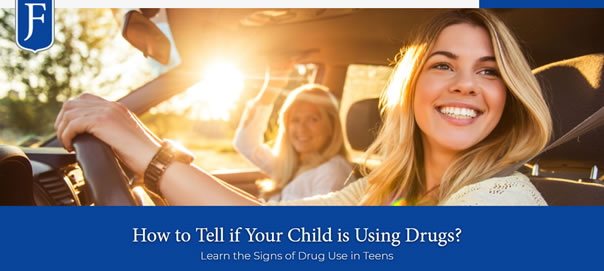 Is it Getting Better? The bad news, many teenagers are still abusing drugs, including more than 12% of high school seniors. We will explore the signs of drug use in teens, including risk factors for teenage drug abuse, signs of teen addiction, and what parents can do if they believe their child is abusing drugs. FOR MANY MORE DETAILS ON THIS SUBJECT SEE WEBSITE |
 PROTECT AND RETAIN EXECUTIVES WITH ADDICTION PROBLEMS Top executives are responsible for their department’s or company’s success, placing them under more stress than others. Executives work irregular hours and are often required to work evenings and weekends, during business lunches or dinners, at trade shows, and in other places where alcohol or drugs are readily available. They also travel frequently, removing them from family or friends’ support, which can further drive substance abuse.2 Personality traits also make top executives more prone to substance abuse. People who reach the “top of the corporate ladder” are often risk-takers who seek new opportunities and strive for success to the point of obsession. These traits fit a top executive position and make a person more prone to addiction because both behavior patterns follow the same pathways in the brain. |
Relapse prevention is one of the main goals of all drug or alcohol treatment. When a person becomes addicted to a substance, their brain functions change. These changes make it very challenging for them to overcome their disorder. |
 The word “addiction” brings to mind images from television of people doing questionable acts to pay for drugs. However, addiction doesn’t happen overnight. What starts as occasional use can turn into addiction without anyone noticing. But there are signs of developing alcohol or drug dependence that you can look out for. By recognizing signs of addiction, it’s possible to avoid this dangerous and sometimes fatal path. We’ll take a look at the common signs of addiction, the differences in the symptoms of addiction between men, women, and teens, as well as signs of addiction that are specific to certain substances. Table of Contents Introduction Common Signs of Addiction Signs as Addiction Progresses Differences in Drug Use Between Men and Women Drug Use in Teens Signs of Addiction to Specific Substances FOR MANY MORE DETAILS ON THIS SUBJECT SEE WEBSITE |
 What is Adderall? Adderall (dextroamphetamine) is a commonly prescribed drug that was first synthesized in the 1920s. It was discovered by chemist Gordon Alles while he was trying to find a cure for other ailments. Although the initial formula wasn’t quite the drug it is today, it was an essential building block. Various forms were produced between 1930 and 1970, intended to be used as a mood booster or diet pill. Pharmaceutical executive, Roger Griggs, is responsible for the form of dextroamphetamine that is commonly prescribed today. Article Contents What is Adderall? What is it Used to Treat? Other Similar Drugs Who Abuses Adderall? Adderall Side Effects How Long Does Adderall Last? Treatment for Adderall Addiction Resources PLEASE VIEW ALL DETAILS ON THE WEBSITE |
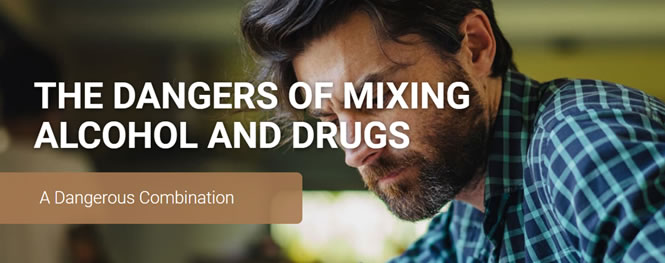 Is Mixing Alcohol and Drugs Dangerous? Yes. This article starts by discussing the general and specific dangers of mixing alcohol with other popular drugs like benzodiazepines and opioids. Next, we discuss mixing alcohol with drugs to treat common mental health conditions like depression and anxiety. We end the article by exploring addiction treatment options for alcohol use disorders. Is Alcohol a Drug? Yes. Alcohol is a drug that affects the central nervous system (CNS). It has a proven ability to temporarily diminish mental capacity and create uncoordinated movement. Is Alcohol a Depressant? Yes. Alcohol is a depressant when drank in excess. It works by blocking certain receptors in the brain. The result is slowed cognitive function. Is Alcohol a Stimulant? No. Alcohol is not a stimulant. However, the first few drinks of alcohol cause dopamine (the happy chemical) to be released by the brain. This results in powerful feelings of euphoria and short-term stimulation. PLEASE VIEW WEBSITE FOR LOTS MORE INFORMATION |
 Should I Go to Rehab? 7 Signs You Need To Go To Rehab We're here to help you or your loved one. 855.217.2693 Rehab offers an opportunity to detoxify from drugs or alcohol and learn the tools needed to avoid relapse. Most rehabilitation programs are overseen by medical professionals. They allow a person to remove themselves from temptation and spend time in an environment full- or part-time that is exclusively focused on recovery. How does someone know that he or she needs to go to rehab? Many people turn to drugs or alcohol to escape their challenges and this leads to a new challenge developing – addiction. It tends to cloud a person’s view of their problems, including that addiction. Figuring out when rehab is necessary is challenging for many people. Often, knowing when to seek professional help requires input from friends or family. It doesn’t matter if you’re not quite ready to admit you’re struggling with addiction or loved ones have suggested rehab yet. There are a few telltale ways to know if rehab is the next logical step in recovery. Signs you or a loved one needs to go to rehab: You are using drugs or alcohol to self-medicate a mental health condition Is Addiction Treatment Worth The Cost An analysis by the National Institute on Drug Abuses suggests that the total costs of prescription opioid use disorders and overdoses in the U.S. in 2013 was $78 billion. Of that, only 3.6 percent were for treatment. Treatment programs are a financial investment, but they are proven to reduce the overall cost of addiction. The US Department of Defense lists the average cost of medically assisted certified opioid treatment programs that utilize methadone, buprenorphine, or naltrexone as between $5,900 and $14,000 per year. In addition to the direct cost of rehab, recovery might also include the expense of medication and relapse prevention. According to the National Institute on Drug Abuse, “Relapse rates for drugs are similar to rates for other chronic medical illnesses. If people stop following their medical treatment plan, they are likely to relapse.” Relapse prevention costs must be factored into the overall cost of treatment, but most experts agree the amount spent to help someone with addiction recovery and prevent his or her relapse is still less than what the untreated addiction would cost.
|
 How Long Does It Take To Sober Up? How Long Does It Take For Alcohol To Wear Off? Most people feel the effects of alcohol in their bodies for approximately 12 hours. As their blood alcohol concentration (BAC) rises and decreases, they experience drunkenness that fades into a hangover. Age Impaired cognitive functioning XXXXXXXXXXXXXXXXXXXXXXXXXXXXXXXX Am I An Alcoholic? Despite alcoholism’s physical and mental health consequences, alcoholics battle an impaired ability to stop or control alcohol intake. This is because alcoholics may struggle when they’re not drinking. If you have a history of alcoholism or substance abuse in your family, or if you battle depression, you may be at a higher risk of developing alcohol addiction. If you’re wondering, am I an alcoholic, you’re not alone. An estimated 15 million people cope with alcoholism in the United States. But, in order to tell if you’re an alcoholic, it’s important to understand the difference between binge drinking, alcohol abuse, and alcoholism. Binge Drinking vs. Alcohol Abuse vs. Alcoholism The NIAAA defines binge drinking as a drinking pattern that elevates one’s blood alcohol concentration (BAC) level to 0.08 g/dL. One’s BAC level differs depending on a gamut of factors—from food intake, weight, and medications (or lack thereof). But it typically reaches .08 g/dL after four drinks for women and five drinks for men in about two hours. Someone who binge drinks now and then is not necessarily an alcohol abuser. Recurrent, alcohol-induced health problems Alcoholism is characterized by an addiction to alcohol. Alcoholics may suffer withdrawal while not drinking that can complicate their already-impaired ability to quit. This is because alcohol addiction actually causes a chemical change in one’s brain. This drives them to drink more and more often—first for pleasure, then for the avoidance of withdrawal symptoms. PLEASE VIEW WEBSITE FOR LOTS MORE INFORMATION |
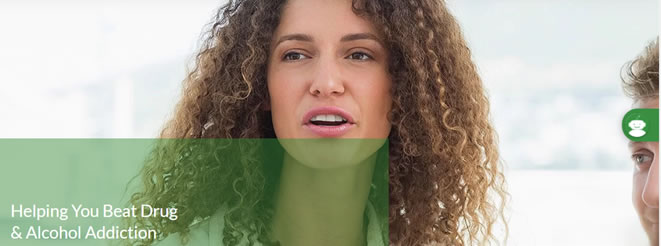  Established for over 15 years, the Abbeycare Group provides private treatment options for those suffering with alcohol and drug addictions, with proven outcomes. Abbeycare Group operate residential addiction treatment clinics situated throughout the UK. With rehab clinics in Scotland, between Glasgow and Edinburgh, and our flagship clinic in Gloucestershire, we treat people suffering with alcohol and drug addiction and the problems associated with substance dependence and misuse, and have a proven track record. Abbeycare offer uncompromising treatment programmes for detox and rehabilitation from alcoholism, and drug addiction. Our programmes are open to anybody aged 18 or older who is committed to recovery from alcohol or drug abuse. At Abbeycare, we offer a private addiction rehabilitation programme (rehab) using best practice and proven techniques – addiction rehab that’s designed to help you get to grips with the physical, psychological and emotional implications of your alcohol or drug problem. At Abbeycare, you will get the support you need to recover from alcohol or drug dependence. You will also learn about making the big changes – in your lifestyle and in your thinking – that will let you maintain your recovery. Abbeycare ensure clients receive the best detox and addiction help available for faster and more comfortable detox and recovery. We know the fingerprint of addiction, and are ready to help you now. PLEASE SEE WEBSITE FOR FULL DETAILS |
ETOH ABUSE AND ADDICTION (Ethyl Alcohol abuse) Ethanol reacts with the body to alter mood and behavior, among other effects. Brewers and distillers usually make it from organic matter with high sugar or carbohydrate content. The human liver can usually filter ethanol from the body. However, it becomes even more toxic when consumed faster than the liver can break it down. |
| Opioid Addiction & Abuse According to the Centers for Disease Control, anyone who takes opioids is at risk of developing an addiction. The opioid epidemic affects millions of people across the United States and is responsible for most of America's overdose deaths.  Opioid Addiction As the body builds a physical dependence on the drug, tolerance also builds that will lessen the drug’s effects over time. Those taking the drug will be inclined to take more than they should to achieve the effects they now need. This increase of the dosage beyond what is recommended or prescribed due to their dependence is addiction. Opioid addiction is a disease that will take over a user’s life and will start as compulsive substance-seeking. Addicts will progressively need more and more opioids and be increasingly unable to control or quit their use. According to the National Institute on Drug Abuse (NIDA), when opioid-seeking begins to fail, users often turn to heroin. |
  The Jury Is Still Out: Should You Approach CBD With Caution? So, how does CBD make you feel? Well, cool as a cucumber. That’s because CBD has all of the relaxing benefits of cannabis without the THC effects that cause you to get “high.” The rising popularity of cannabis combined with the fact that CBD can help ease pain and discomfort makes daily use an easy choice. Where to access CBD is common knowledge, yet how safe it is remains up for debate. CBD product lines are expanding at a rapid rate, plus an overwhelming number of people believe that the benefits of CBD outweigh its harmful effects. Keep reading to learn why this well-liked substance isn’t exempt from FDA recalls, misleading claims or health risks. |
PLIVA 434 PILL: TRAZODONE HYDROCHLORIDE What is Pliva 434 (Trazodone Hydrochloride)? Individuals who have a personal or family medical history of the following should let their doctors know first before taking this drug: |
Stimulant Addiction and Abuse 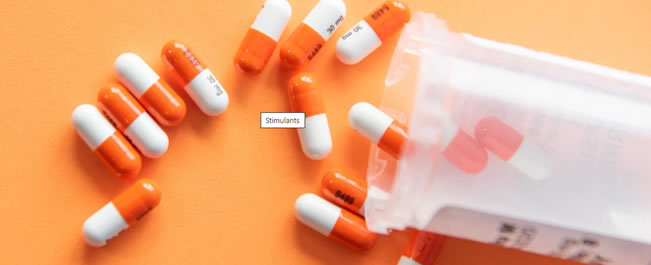 What are Stimulants Addiction to Stimulants |
Recover From Drug & Alcohol Addiction - In Scenic Cape COD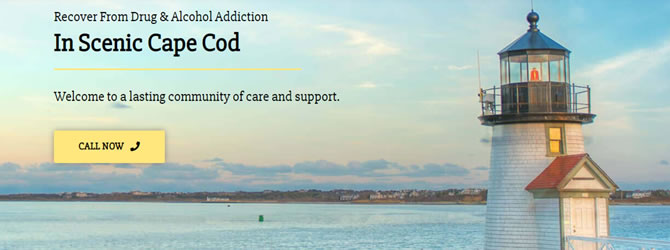 WHO WE ARE Our Mission |
Teen Drug Use Statistics
Also, despite the overall decline in teenagers’ illicit drug use, almost half of all college students have used drugs in their lifetime. In 2016, 45% of male college students and 42% of female college students reported having used an illegal drug. Male - Used an illegal drug - 45% Substance use can have a severe impact on a teenager’s development and overall health and wellbeing. The American Academy of Pediatrics (AAP) and the Centers for Disease Control and Prevention (CDC) have developed a guide for substance abuse screening in pediatric practices so pediatricians can effectively address substance use concerns. The AAP recommends beginning the screening process at nine years of age. Table of Contents |
 Opioid use and Your Sleep Cycle When you think about opioid use, your mind probably goes to pain relief. But, did you know that opioids can affect other systems in your body? Did you know that using opioids (both prescription and illegal) can affect the human sleep-wake cycle? Opioid use affects the human body in many ways, and the sleep cycle is no exception. Table of Contents: Opioid use and Your Sleep Cycle What are Opioids? How do Opioids Works? Side Effects of Opioid Use The Science Behind Opioid Addiction How Opioids Affect Sleep The Bottom Line References Related Articles : Sleeping Pill Addiction Best Sleeping Positions for Back Pain Neck Pain and Sleep Best Mattresses for Back Pain PLEASE VIEW WEBSITE FOR COMPLETE DETAILS |
 "And I just can't keep living this way -Not Afraid, Lyrics - Eminem Table of ContentsIntroduction Devouring Disease The Cycle of Addiction Recognizing Addiction Are you Addicted? Ready for Rehab? 10 Signs your Ready for Rehab Inside Rehab Inside New Leaf Detox & Treatment Choose Rehab, Choose Life Sources PLEASE SEE WEBSITE FOR ABOVE CONTENT |
 Nearly 72,000 Americans died from drug overdoses in 2019. That’s an increase of 5% from 2018. 1 Drug overdoses are a serious health issue and a risk for anyone who uses drugs – whether by prescription or recreationally. It’s critical to understand what a drug overdose is, why it occurs and what happens in the body when someone overdoses. If someone you care about is using drugs, you may be worried about their risk of overdosing and wondering how you can help them. It’s essential to know how to react in this medical emergency, as this knowledge may save their life. Keep reading to learn more about drug overdoses, how they happen and a few other very important things you should know. |
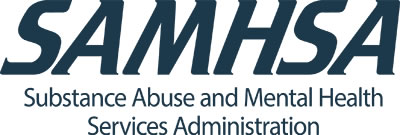 The misuse and abuse of alcohol, tobacco, illicit drugs, and prescription medications affect the health and well-being of millions of Americans. SAMHSA’s 2018 National Survey on Drug Use and Health (PDF | 1.6 MB) reports that approximately 20.3 million people aged 12 or older had a substance use disorder in the past year. Alcohol |
 AA Proven Effective for Abstinence So is AA truly an effective method of staying sober? Members would obviously say yes, and this is something known as self-selection bias. AA works for people who join because they were motivated to join. Nobody forces membership – it is entirely voluntary. The effectiveness of AA cannot be measured for those who are not in AA. Here’s a simpler way to describe self-selection bias… Say 100 students are going to take an exam a week from now. The day before the exam, there is a study course, which half of the students take. Exam scores are significantly higher for those who took the course, but that does not necessarily mean the study course was effective. Motivation, status, studiousness, prior exam-taking experience, and many more factors caused that half of the students to take the study course. The study course’s effectiveness can only be measured if all 100 students take it and then test scores are compared from before and after. So what if self-selection bias were to be removed from the equation? What if there was a way to determine the effectiveness of AA overall, not just for those who self-selected themselves into the group? A study published recently by UK-based Drug and Alcohol Findings (DAF) found a way. |
 What is Alcohol Abuse? Alcoholism, or Alcohol Use Disorder (AUD), is the chronic dependence and consumption of alcohol. The disease arises when consumption cannot be controlled either due to physical or emotional obsessions with drinking. Individuals suffering from alcohol use disorders continue to drink, even as increasing harm comes to them and their loved ones. They will also experience withdrawal symptoms when trying to stop drinking. You do not have to drink every day to have an alcohol use disorder. Drinking over the long-term often leads to dependency and dire life consequences for the individual. When abuse becomes compulsive, physical addiction occurs. |
Choosing the best rehab centers to highlight is no easy task, and we aim to provide only the most integral, accurate, and current information regarding these facilities for our audience. Every rehab facility promoted within our website has been reviewed by our editorial team using a predetermined set of criteria. A variety of rehab programs: because each person differs from the next, recovery experiences will also differ. Treatment should be customizable to fit each person’s unique needs. For those which are lacking any components, they often offer referral services and access to resources to help recovering individuals fill in any treatment gaps and receive the best care possible. PLEASE VIEW MUCH MORE INFORMATION ON WEBSITE |
A Complete Guide to Substance Abuse in College Leandra Spilka Substance abuse is by no means an issue just among college students—it affects people of all ages and education levels. The college years in particular are a unique time in a person’s life—they can be both exhilarating and overwhelming, which can contribute to the conditions for substance abuse by some students. This guide addresses substance abuse in college, with the goal of helping students, faculty, and staff understand how to recognize signs and what to do. What Is Substance Abuse vs. Substance Use? Substance use is the consumption of any alcohol or drug. Meeting a friend for an after-work beer is substance use, but it does not indicate an issue or pattern of harm. Substance abuse occurs when someone continues to use alcohol or drugs despite patterns of harm and misuse. Failing your mid-term due because you were partying and then sleeping through the final after a night of drinking is a sign of substance abuse. In general, if substance use is negatively impacting relationships, academics, sleep, or health, it may be time to cut back. There aren’t specific numbers or hard and fast “rules” that define a substance use disorder. But if you or someone you know continue to use substances despite negative outcomes, you should start paying attention. More detailed warning signs are provided later on this page |
HERE ARE SOME OF THE SUBJECTS |
 The internet has provided the opportunity for anyone to publish information online, and it can be difficult to separate credible information from untrustworthy sources. In a scientific credibility review, researchers found that nearly three-fourths of the leading health articles shared online were either entirely false or had some portion of misinformation. Whenever you are scouring the internet, you want to make sure you are obtaining your information from a reliable, unbiased provider. This is especially true in finding health information. Health literacy is important because the wrong diagnosis, suggestion, tip or treatment can be detrimental to the reader. Finding information about symptoms or identifying health concerns can not only save you from spending |
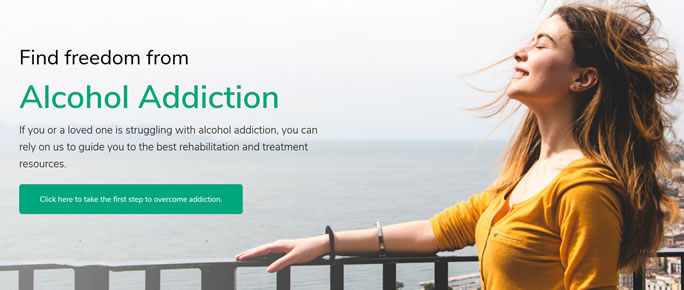 What is Alcohol Use Disorder (AUD)? Alcohol use disorder (AUD), previously called alcohol addiction, occurs when a person excessively drinks on a regular basis and cannot control their alcohol use. Someone with an AUD also experiences physical alcohol dependence and severe withdrawal symptoms if they stop drinking abruptly. In some cases, small daily amounts of alcohol offer health benefits. For example, drinking one glass of red wine each night delivers antioxidants that can help reduce your risk of heart disease and lowers bad cholesterol. When alcohol consumption exceeds moderate amounts and begins to take over your life, it no longer offers these health benefits. Over time, excessive alcohol consumption often leads to an alcohol use disorder (alcohol addiction). “60 percent of all Americans over the age of 18 report drinking within the last month. Of these, 8 percent suffer from alcohol addiction.” The National Institute on Alcohol Abuse and Alcoholism report from 2017 SOME OF THE TOPICS Regular Alcohol Consumption vs Alcohol Addiction Symptoms of Alcohol Use Disorder (Alcohol Addiction) Risk Factors of Alcohol Use Disorder (AUD) Health Complications Associated with Alcohol Addiction PLEASE SEE WEBSITE FOR ALL SUBJECT DETAILS |
 Alcohol Effects, Addiction Treatment, and Resources Our comprehensive site will provide you with everything you need to know about alcohol misuse, abuse, and addiction. Learn about alcohol’s effects on the body and mind, alcohol use disorder, and treatment options. TOPICS Alcohol Effects Addiction Treatment Addiction Resources PLEASE VIEW WEBSITE FOR COMPLETE DETAILS |
Fentanyl – The Real Deal: All You Need to About the Deadly Drug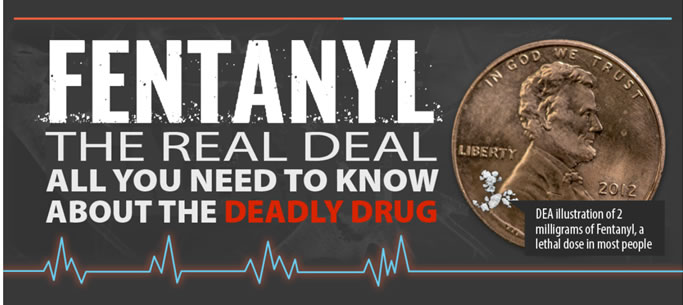 PLEASE SEE WEBSITE FOR SOME GREAT INFORMATION |
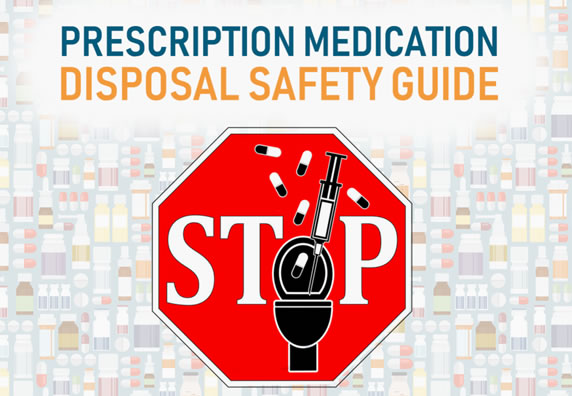 VIEW COMPLETE DETAILS ON WEBSITE |
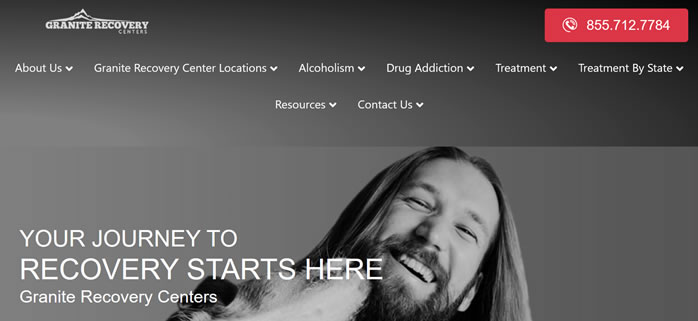 NEW HAMPSHIRE DRUG REHAB CENTERS For over 10 years, Granite Recovery Centers has been transforming the lives of alcohol and drug dependent adults from New England and well beyond. Our New Hampshire addiction treatment centers offer a unique blend of evidence-based clinical psychotherapies with a comprehensive 12-Step curriculum. Our addiction treatment programs feature a full continuum of care that includes medical detox, medication-assisted treatment, primary residential treatment, extended care, sober living, and intensive outpatient counseling. Our success is evidenced by our active, growing alumni community, each of whom will tell you that what we do, along with the skills we provide, saved their lives – and continues to do so. |
College Students Guide to Ergonomics
|
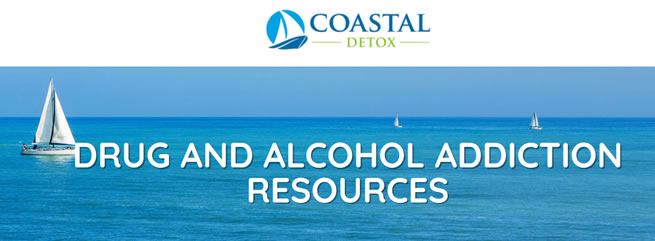 Florida Drug & Alcohol Detox » Drug and Alcohol Addiction Resources Florida is home to beautiful palm trees and beaches with crystal-clear water and white sand. From shopping to relaxing on the beach, it’s certainly a place that soothes the soul. If you’re searching for the right rehab program in Florida, we can help guide you in the process. Unfortunately, Florida is no stranger to the drug epidemic sweeping this country. Florida’s opioid overdose rate has tripled since the turn of the century according to Florida’s Statewide Drug Policy Advisory Council 2016 Annual Report, and “there has been a substantial increase in deaths associated with fentanyl and heroin-related drug use.” Table of Contents What It Takes To Get Free From Addiction Common Questions About Addiction Treatment, Rehab and Recovery Guides for Individuals Dealing with Substance Abuse In Loved Ones Information Regarding Common Questions About Addiction Types Of Treatment Programs Find the Right Rehab For Your Recovery Process. Don’t Waste Anymore Time, Get Help Today! SEE COMPLETE DETAILS ON WEBSITE |
 My current initiative is to assist seniors in this time of crisis. The COVID-19 pandemic has dramatically changed our lifestyles, and it has made seniors even more vulnerable to a problem that was already a crisis in the US: isolation, loneliness, and mental health struggles among our seniors. Preventing those issues while maintaining a safe lifestyle during the pandemic has presented new challenges. My hope is that some simple measures can help, for example, using internet technologies to connect with friends and families. So, I am aiming to increase access to relevant information for both caregivers and seniors themselves. It is properly researched and includes practical tips for maintaining mental health during this crisis. The aging population, ages 65 and older, is one of the most vulnerable demographic groups in the United States. The novel coronavirus (COVID-19) pandemic puts seniors and their mental health at significant risk. Seniors are more likely to have chronic health problems, lower income levels, and isolated living situations. This combination increases the risk of poor cognitive function, dementia, heart disease, and stroke.1, 2 It even brings a greater risk of contracting illnesses like the common cold, and suffering from more intense symptoms.3 Even for healthy adults, loneliness is as dangerous to health as smoking 15 cigarettes per day, according to a study published in 2015.4 Another report, published in 2013, found that older men and women who were lonely or isolated had a significantly higher risk of dying.5 Because seniors are more likely to experience serious consequences after contracting COVID-19, many must stay in their homes or retirement communities, without seeing friends, family, or even neighbors for weeks at a time. Loneliness and fear have a huge impact on mental health, which in turn has a big impact on physical health. Seniors can learn to manage their mental health until the COVID-19 situation stabilizes and social distancing orders can be eased. While there is no easy solution, there are things that can be done to improve overall outlook and boost mental well-being during these challenging times. |
History is full of stories of intimate partner violence In ancient Rome, men had life and death power over wives. In the 18th and 19th centuries, the “rule of thumb” applied, where men in England and America were allowed to discipline their wives with a stick no thicker than their thumbs. Today, we may be more aware of social injustices, but domestic violence remains problematic. More than 12 million women and men are victims of rape, physical violence, or stalking every year in the United States. More than one-third of women and one-fourth of men have been raped, assaulted, or stalked by an intimate partner. Such problems have never gone away despite activism and legislation like the Violence Against Women Act, but there are several programs emerging all over the United States that are designed to prevent, protect, and educate. Domestic Violence Defined Physical: pushing, kicking, shoving, hitting, strangling Stalking can be done in real life, too, by following someone’s activities or leaving unwelcome gifts. Abuse can be economic as well, in that one partner controls the finances, or withholds or takes money, or keeps the other partner from working. Some sources bring up symbolic violence as well, where the media or culture either perpetuate or normalize brutality, in particular against women. While this problem is far from solved, in recent years new tactics are being implemented to try to put a stop to intimate partner violence. VIEW WEBSITE FOR MUCH MORE INFORMATION |
Over 750,000 hits have been generated since January - 2005
|
